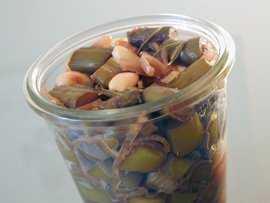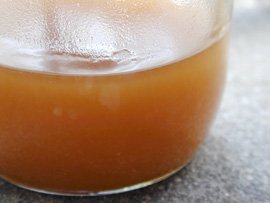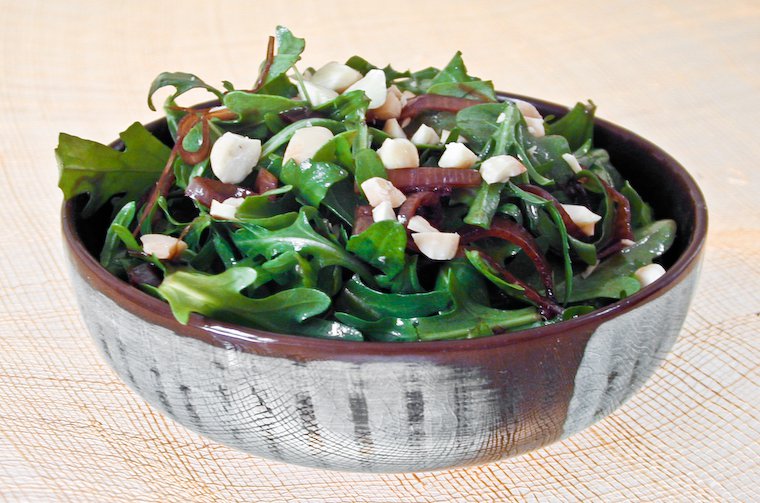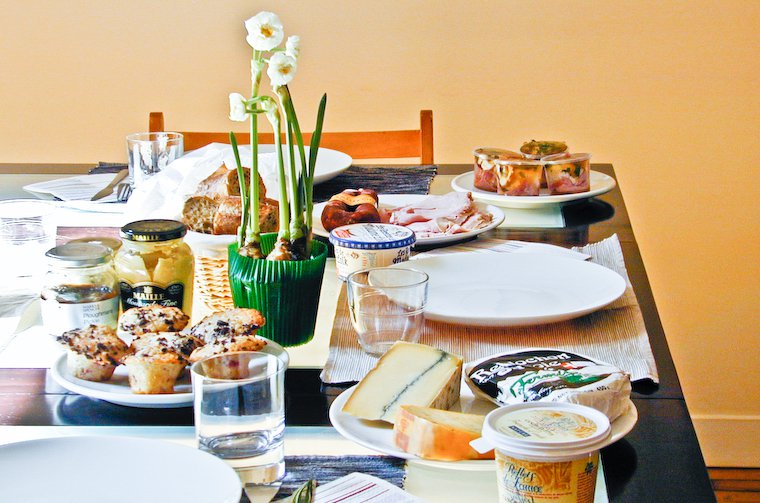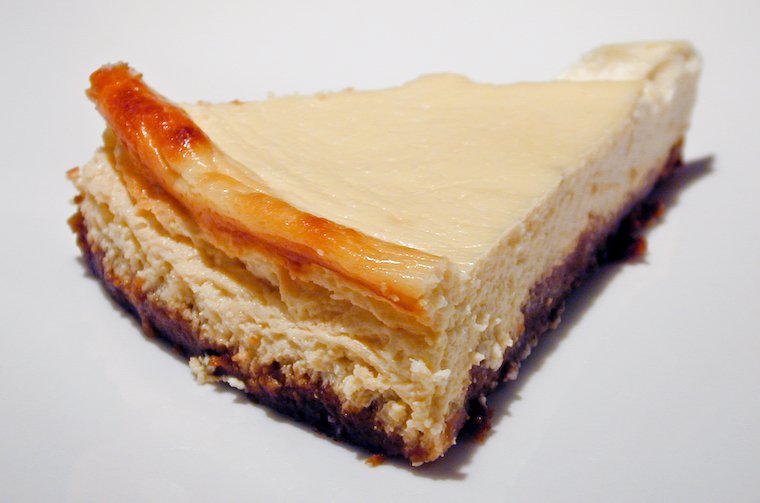Cheesecake is among my favorite desserts, and I find it hard to resist, with its fresh, creamy yet cake-y body, and its tasty cookie crumb crust. But when you try to make American-style cheesecake in France, you quickly run into a procurement hurdle: neither cream cheese* nor graham crackers are easily available. You can find them — at least if you’re in Paris — but this requires time and effort and the planning of a trip to one of the few stores that carry those items. I prefer my baking to be a bit more spontaneous.
This allows us to transition, as smoothly as a cheesecake, to the French semi-equivalent: le Gâteau au Fromage Blanc. Fromage blanc (literally “white cheese”, and the “c” is mute) is a type of fresh cheese, most commonly made with cow’s milk, that has the consistency of thick and velvety yogurt but is typically tarter than yogurt. It is a very common and popular product here, there are many kinds (fermier, battu, en faisselle…) and you can find it in different fat percentages, from maigre (0% fat) to entier (40% fat).
Gâteau au fromage blanc differs from cheesecake in that the crust is usually a thin pastry crust with a rim, and it incorporates beaten egg whites into the batter: this gives the cake a very airy and light texture, almost mousse-like, and makes it higher than most cheesecakes I’ve been served — usually around three inches. My habitual (and, need I say, beloved) cheese store sells their own, a huge and tempting affair beneath a cloche à fromage (a glass cheese cover, literally “cheese bell”) on the counter, to be sliced and sold by the weight like any other cheese.
I love Gâteau au fromage blanc, but have two objections to making it myself in the traditional way. One, nothing, and I mean nothing, beats a cookie crumb crust: the patting or the eating, it’s hard to tell which part I enjoy the most. And two, I don’t love recipes that call for “beating egg whites till stiff” because it often sounds like too much trouble.
In any case, when the desire and occasion for a cheesecake arise — and arise both did last weekend to end a dinner party with a flourish — I go for my own easy version, which enrolls fromage blanc and Northern European cookies (the spice-rich and toasty and delicious Speculoos, or Bastogne) in a sort of mid-Atlantic rendition of the cheesecake. Only this time, as promised a couple of weeks ago, I used the remainder of my gingersnaps for the crust, making this a 100% homemade cheesecake, which we all delighted upon with forceful cries of felicity.
* 2014 Update: I can now find Philadelphia cream cheese in most supermarkets around me.
Continue reading »
